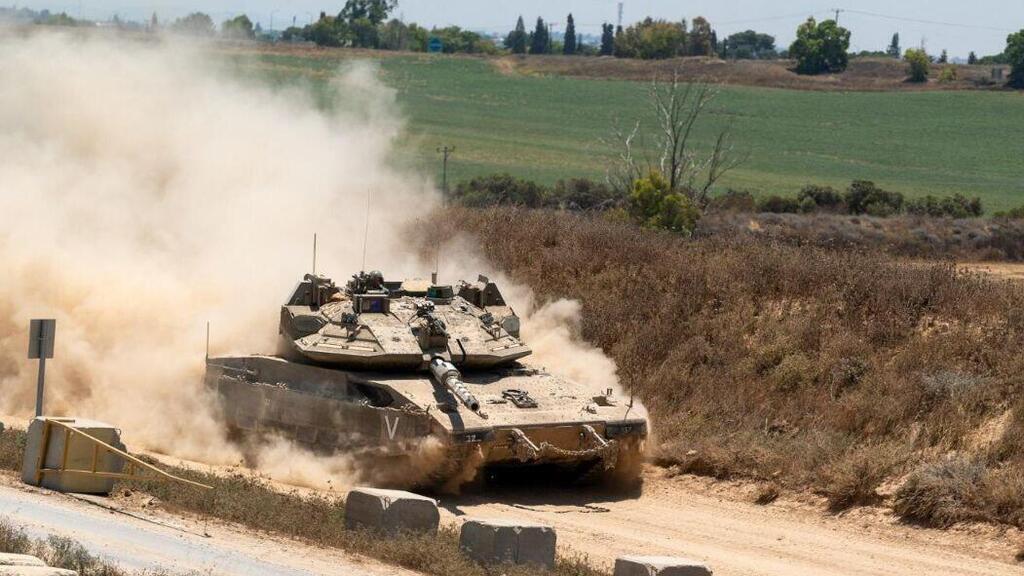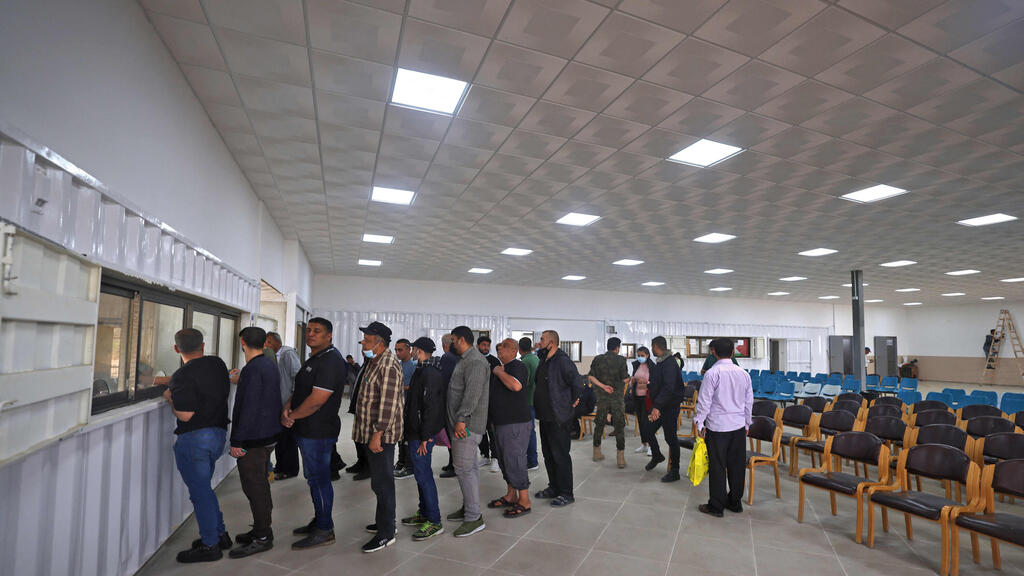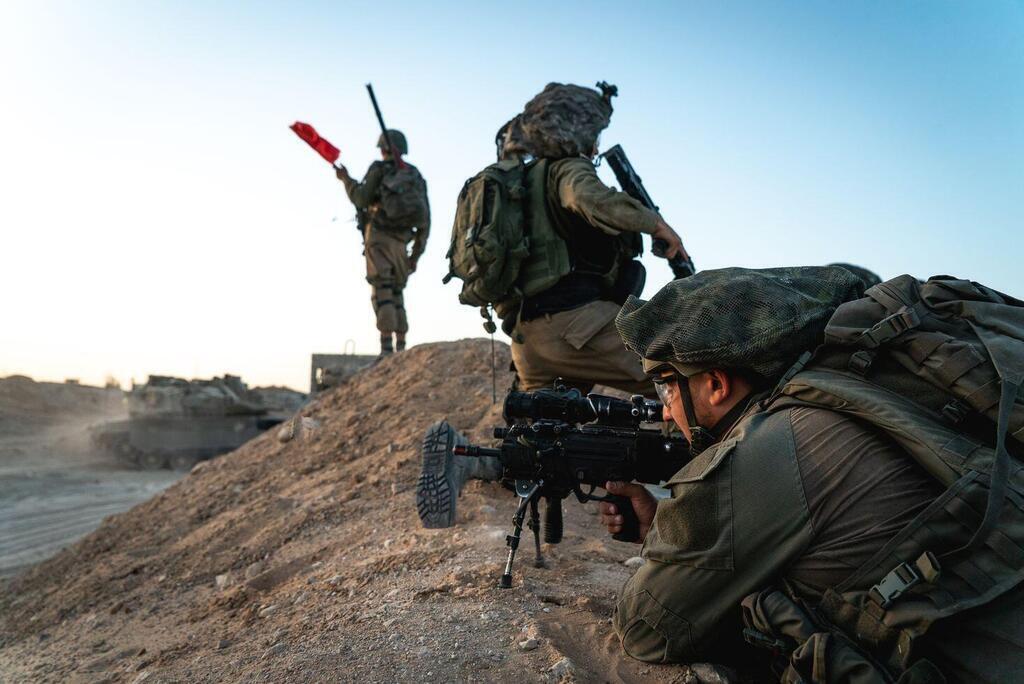Getting your Trinity Audio player ready...
The IDF outlined on Thursday, its new strategy to secure the Gaza border after the calmest year in decades.
The IDF said it was encouraged by the apparent deterrence secured in the year since the last military conflict on the Israel Gaza border
In a briefing held by the southern command, IDF commanders estimated the beating Hamas had taken during the 11 days of fighting last May including substantial blows to its military wing, have led the Gaza rulers to certain conclusions.
Hamas, the senior officers believe, opted to avoid further rounds of military conflict in the immediate aftermath of the war while the Israeli military was on high alert. They estimated that only by launching a surprise attack, in a period of relative calm, would the terror group achieve substantial gains.
The military said the past year has been the quietest in terms of cross border attacks and has presented Gaza with advantageous civilian gains provided by the Israeli government with 12,000 residents of the Strip allowed to work in Israel each day.
Just 11 rockets were fired at Israel compared to 15 in the year following the 2014 conflict, 140 after the war in 2012 and 297 after the 2009 fighting.
IDF estimated that a surprise Hamas attack would not begin with a rocket attack on Israeli communities. They believed it could begin with a land incursion of special guerilla forces through attack tunnels, some of which have been dug to within dozens of feet from the new barrier wall.
In anticipation of such a scenario, the Gaza division prepared a defensive strategy that included along with the effective barrier wall itself, an additional 30-foot fence and a security road that would reveal any attempt at infiltrations and trap the infiltrators in the area between the obstacles.
The forces would no longer attempt to engage with infiltrators and opt to contain them, using armed UAVs.
If the infiltrators would be armed, infantry troops would be dispatched to vantage points and armor would be in the ready to intervene. The strategy negates the need for direct contact with infiltrators.
The Hamas itself has deployed its fighters in positions along the barrier, to prevent Gazan's whom the group suspects could be cooperating with the Israelis, from leaving the strip.
Most of those who have been apprehended by the IDF as they attempted to cross, were transferred to the hands of Hamas in a quiet agreement on the ground.
The division will in case of a future conflict, maintain its position as a defensive force and will not take part in a land incursion into Gaza. Its commander will be authorized to call in an air strikes along the border should they be needed.
The division has tripled its intelligence force in the past 15 years and had succeeded in identifying and eliminating high ranking Hamas threats.
The IDF has learned from past incidents, including one in which an officer was exposed to Hamas anti-tank fire, and has implemented technology that would alert the forces when a vehicle is exposed to fire from across the border.
In its briefing, the IDF also said its southern command continues to bolster troop deployment along the partition wall in the southern part of the West Bank in order to prevent illegal entry of Palestinians into Israel.




